If primary care physicians are to be believed, home is where the patient is-the Patient-Centered Medical Home (PC-MH), that is.
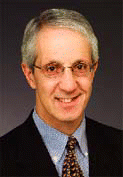

If primary care physicians are to be believed, home is where the patient is-the Patient-Centered Medical Home (PC-MH), that is.
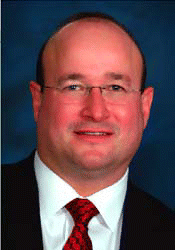
By March 1, 2008, otolaryngologists offering point-of-care CT scanning-and who are UnitedHealthcare providers-must initiate accreditation of their diagnostic facilities.
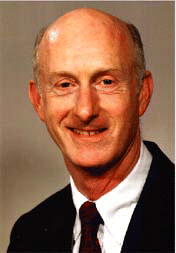
The growing numbers of politicians and special interest and consumer groups pushing health insurance for all often neglect-and sometimes penalize-the people they need most for such plans to succeed: America’s physicians.
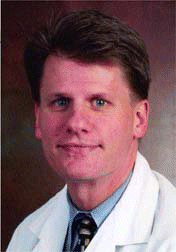
Otolaryngologist Martin L. Hopp, MD, PhD, of Cedars-Sinai Hospital in Los Angeles, believes that in-office computed tomography (CT) scanning is the trifecta of care for otolaryngologists and their patients.
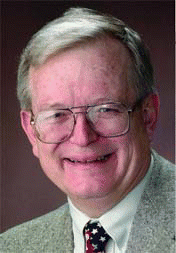
Contrary to popular belief, CMS is in the business of paying for quality care, not just the volume of care provided.
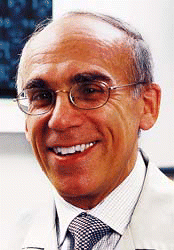
Continuous positive airway pressure (CPAP) is the standard first-line approach for moderate to severe obstructive sleep apnea.
Payers are convinced that compensating physicians and hospitals for meeting quality targets, also known as “pay for performance” (P4P), is an important step in bridging the quality chasm identified by the Institute of Medicine in 1999.
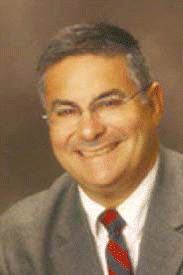
People of different political persuasions generally agree that the health care system in the United States is in deep trouble, but there is no consensus on how to fix it.
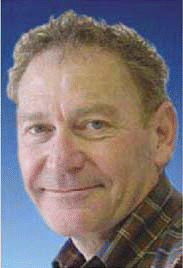
The business side of medical practice can sometimes be a bigger challenge than ferreting out a difficult diagnosis.
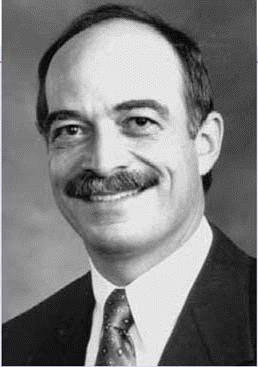
Important aspects of coding and reimbursement for otolaryngologists-head and neck surgeons-including some controversial coding issues-were covered in the American Rhinologic Society (ARS)’s Patient Advocacy Panel here at the 2006 Combined Otolaryngology Spring Meetings (COSM).